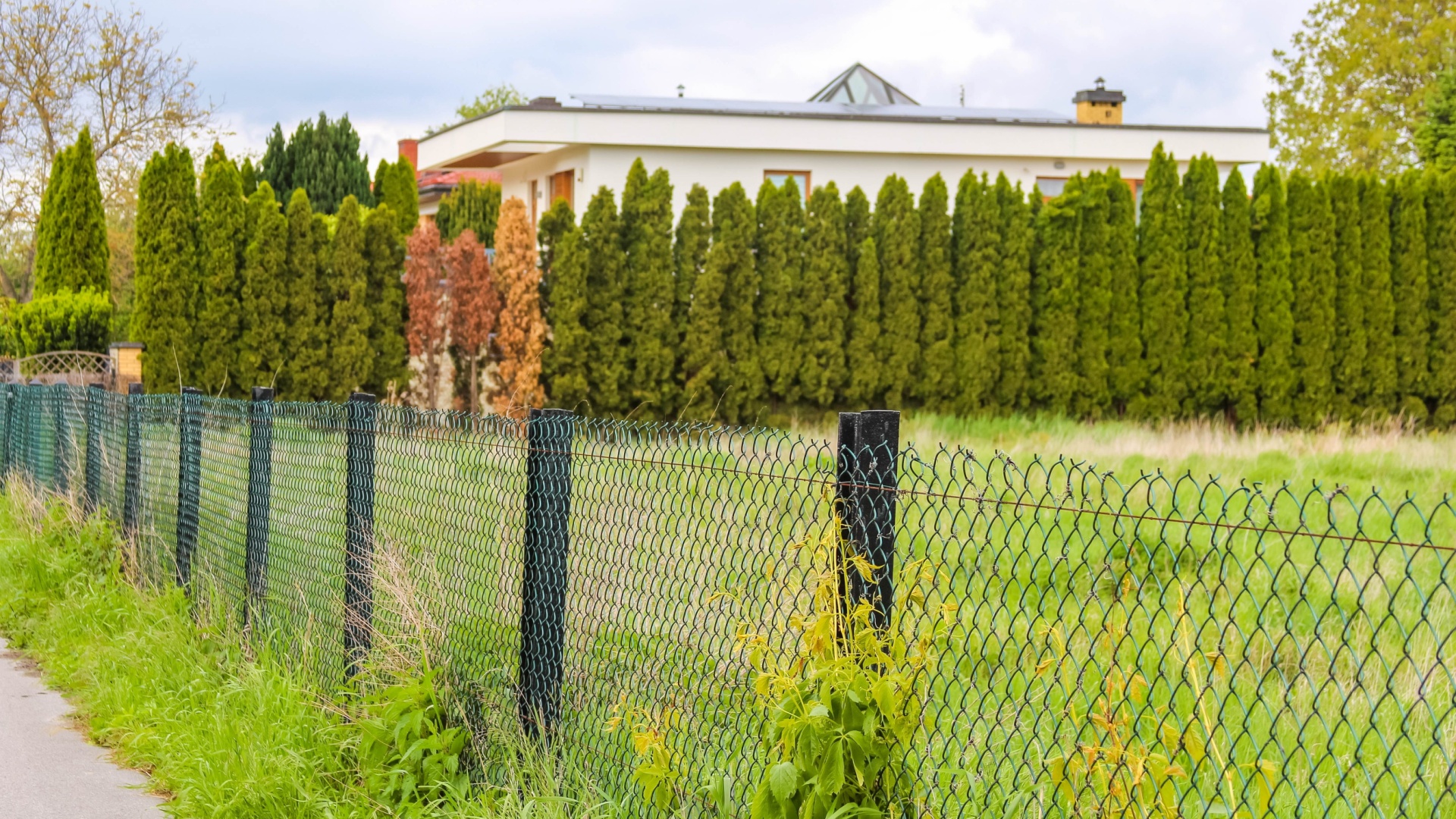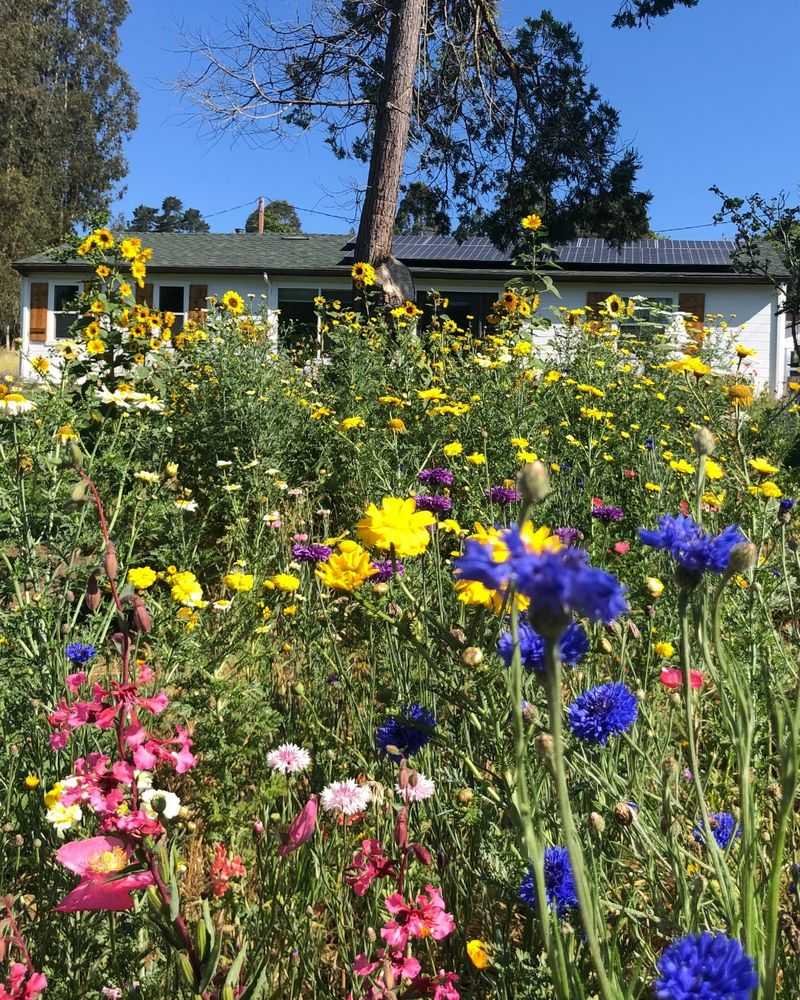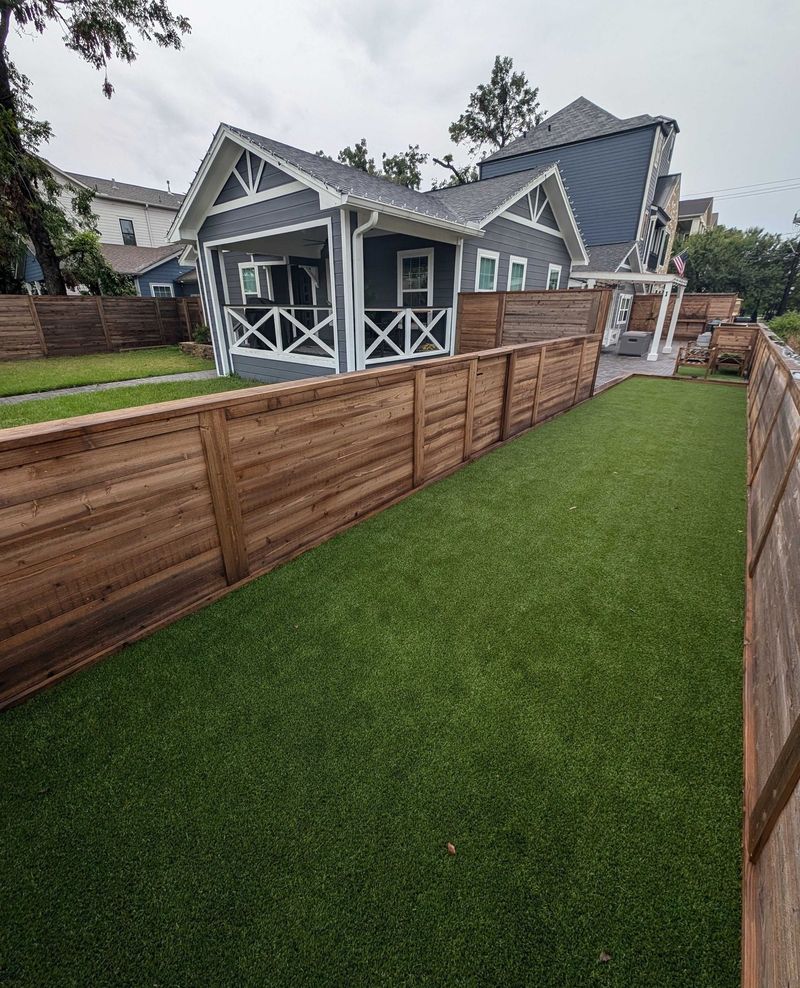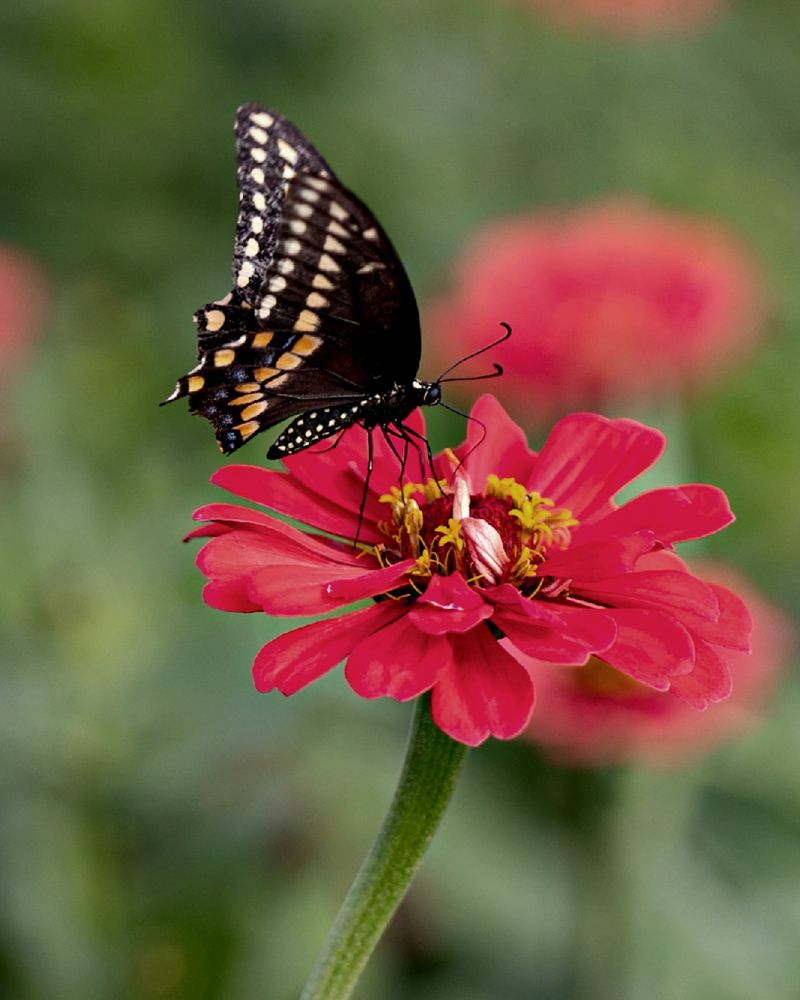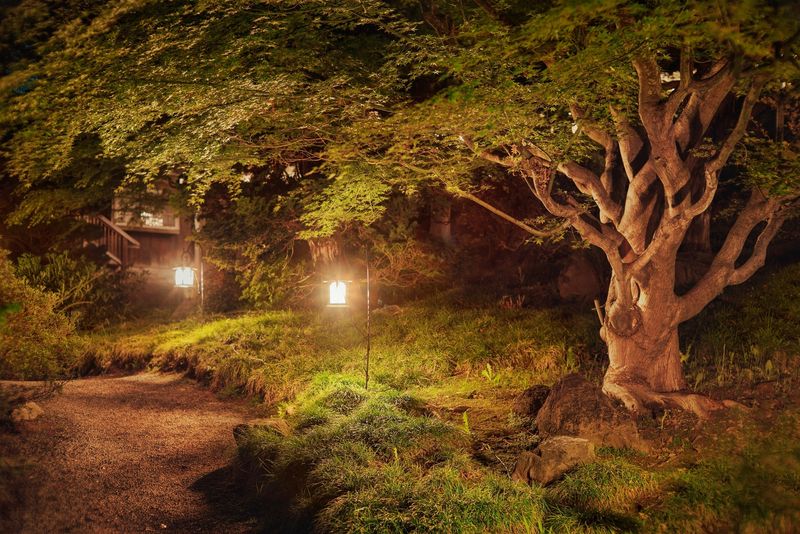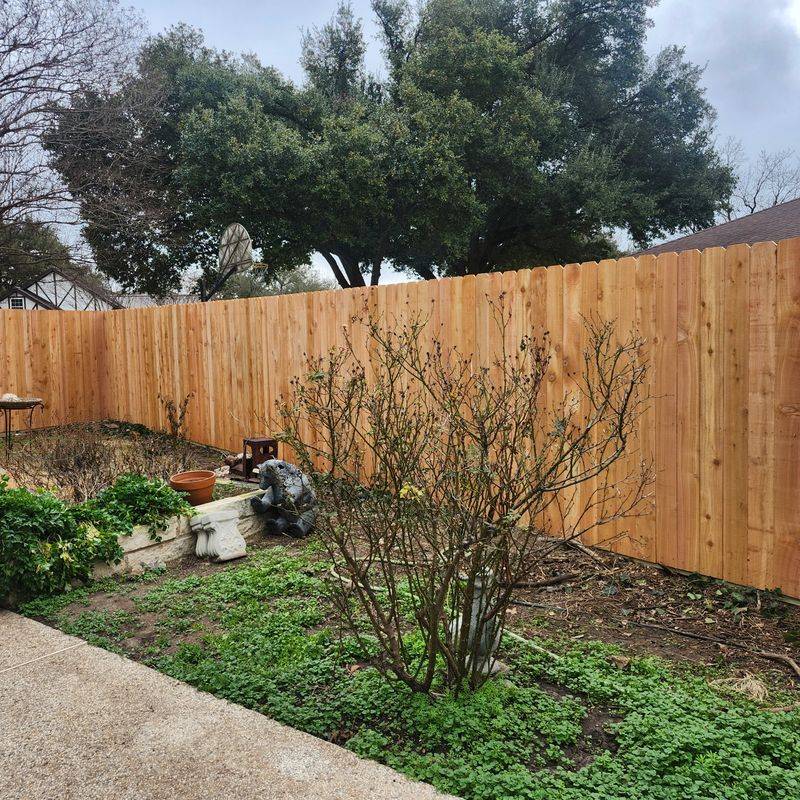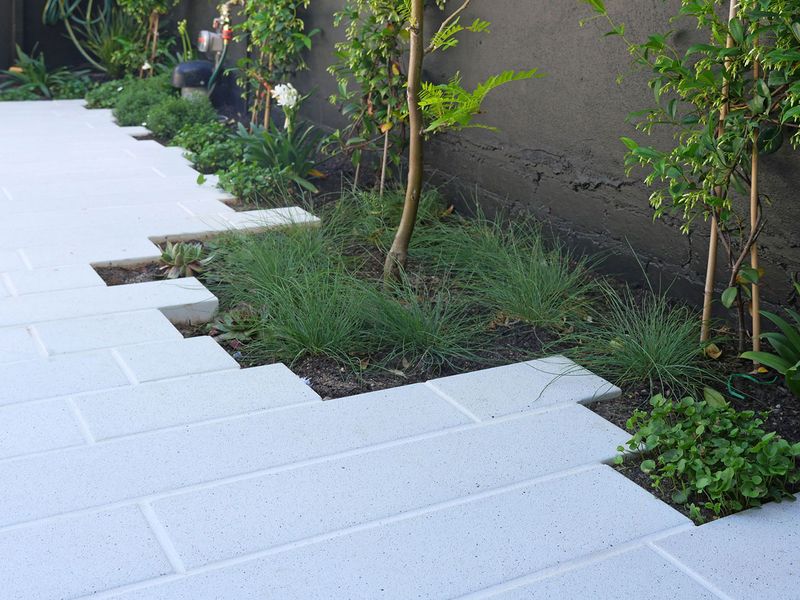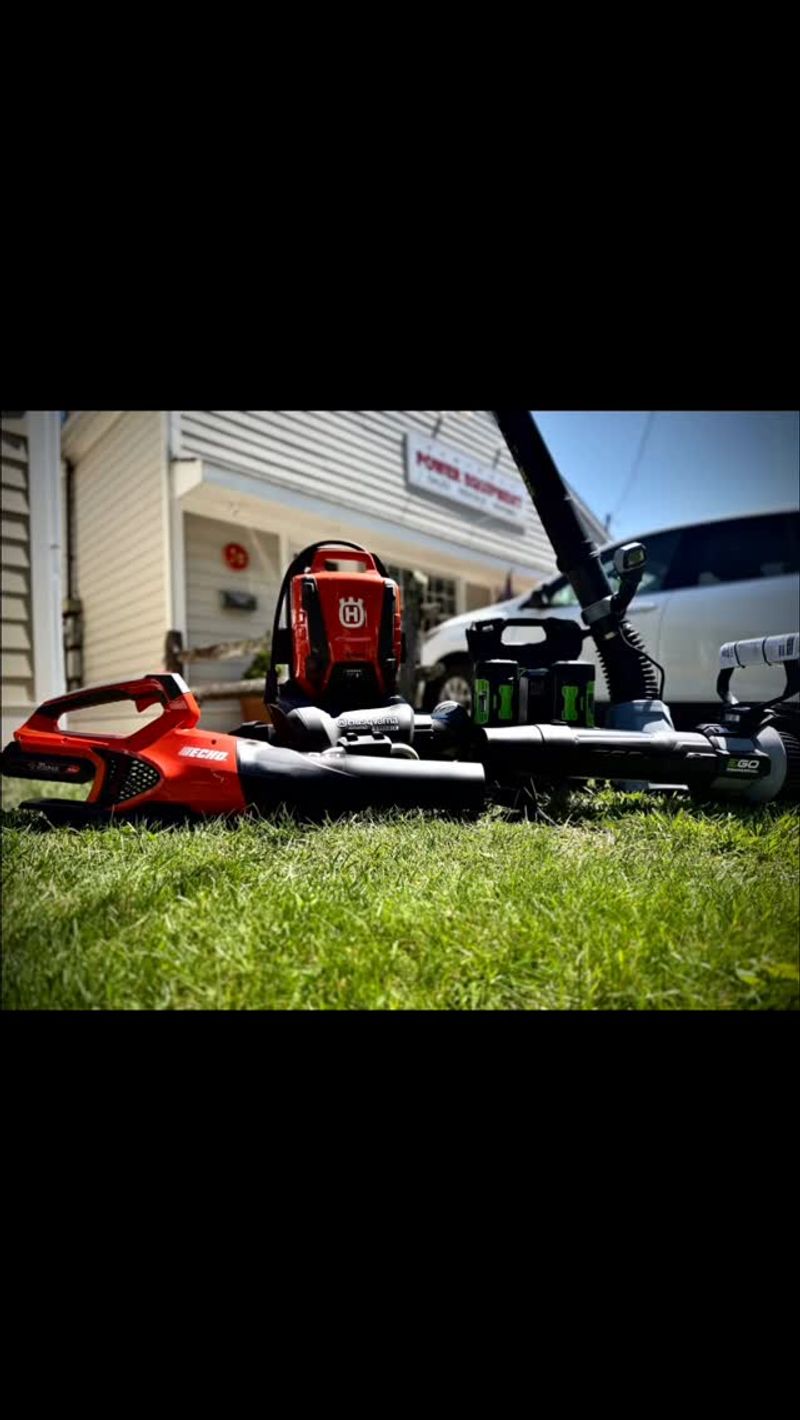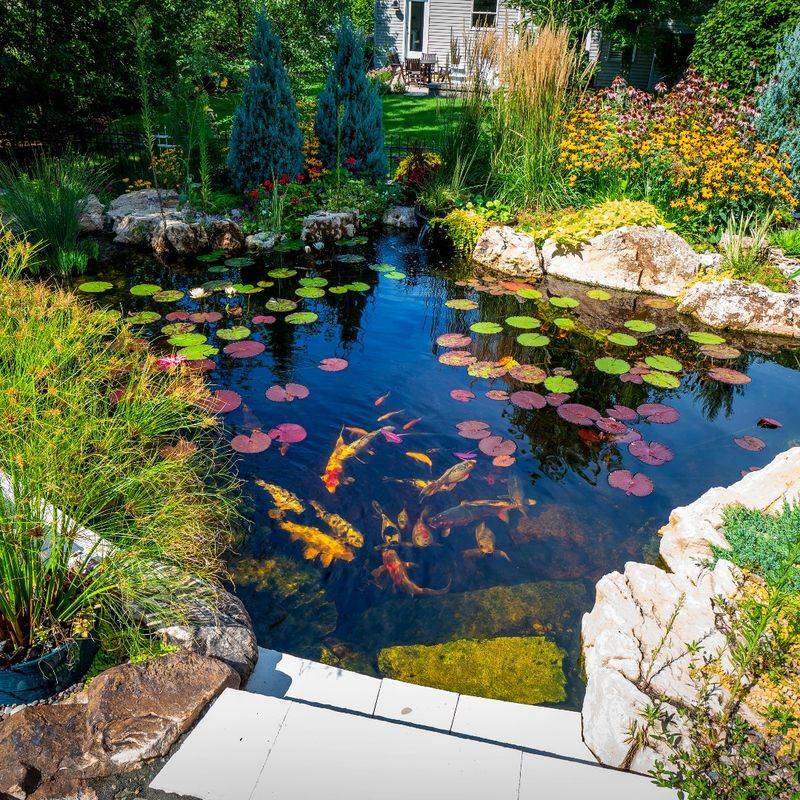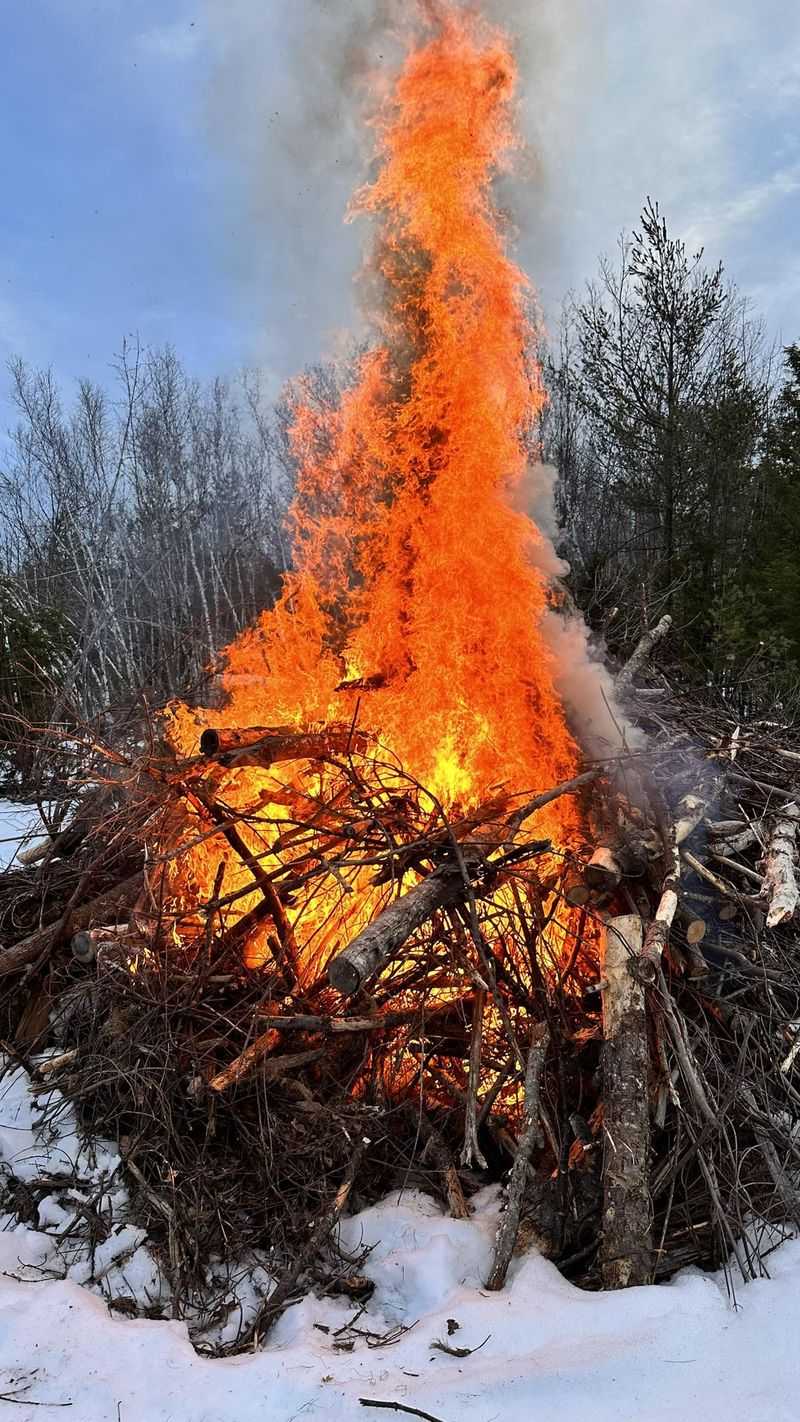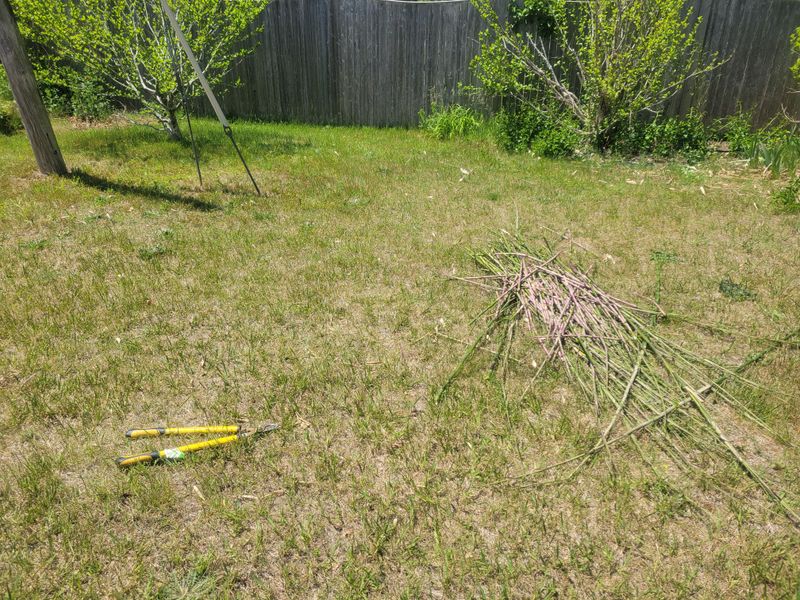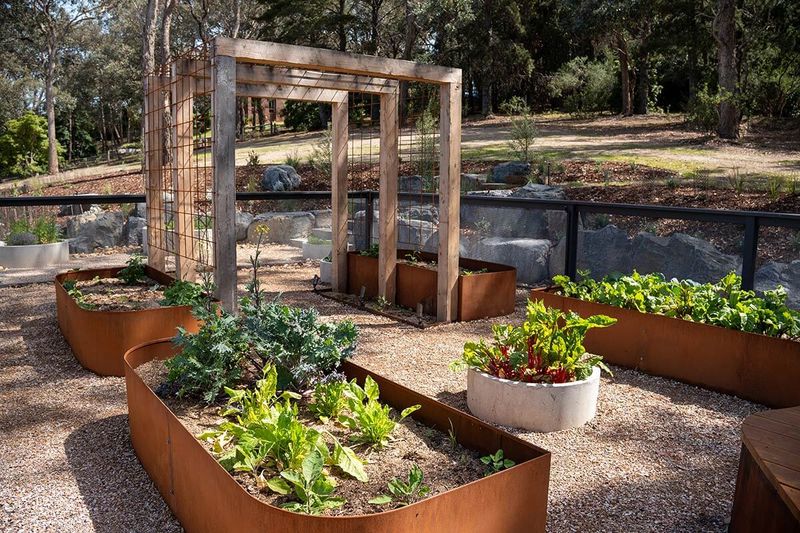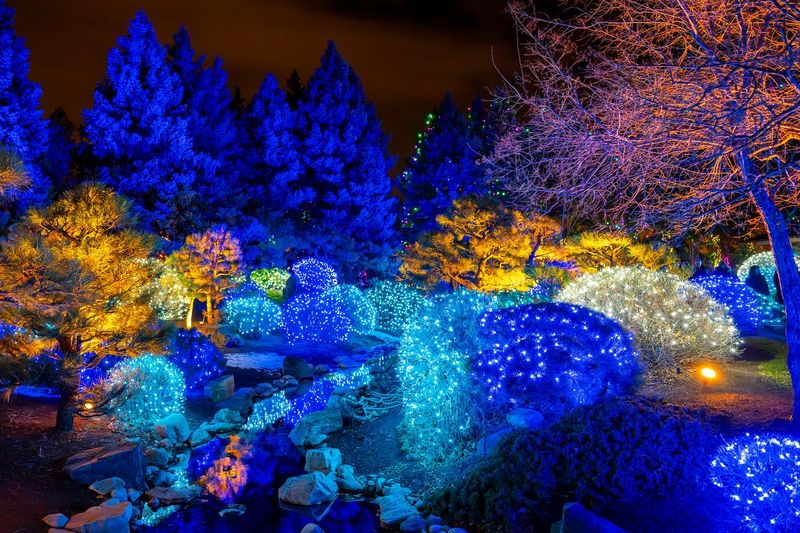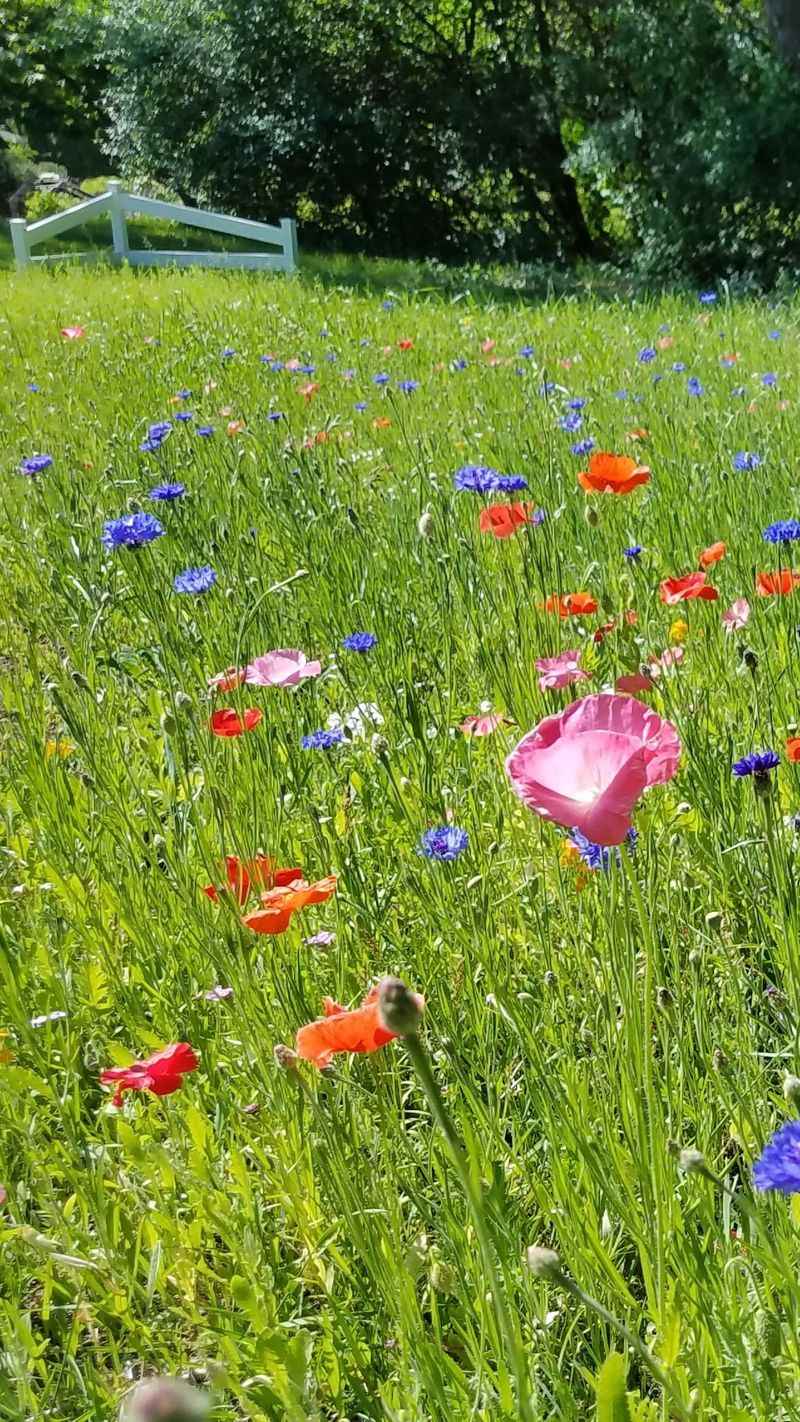Not all curb appeal is created equal—some trendy yard features could soon land you in hot water. Across the U.S., local ordinances and HOA rules are cracking down on popular landscaping choices due to water use, safety, and even neighborhood aesthetics.
Before you invest in a feature that might soon be banned, check out these 15 yard trends under fire—and discover 5 smart, rule-friendly alternatives that still look amazing.
1. Water-Hungry Lawns
Lush green lawns guzzle an astonishing amount of water—nearly 9 billion gallons daily across American yards! In drought-prone regions like California and Arizona, restrictions already limit lawn sizes.
Many municipalities now offer rebates when homeowners replace grass with drought-tolerant landscaping. The days of pristine, emerald-green lawns stretching from house to curb are numbered as water becomes increasingly precious.
2. Artificial Turf
Once considered an eco-friendly alternative to real grass, artificial turf faces growing opposition. Research shows these plastic surfaces create heat islands, reaching temperatures up to 200°F on hot days—dangerous for pets and children.
Synthetic lawns also shed microplastics, contribute to landfill waste, and provide zero habitat value for local wildlife. Several communities have already enacted restrictions on this deceptively problematic landscaping choice.
3. Non-Native Plant Species
Those exotic ornamental plants might look stunning, but many non-native species cause serious environmental damage. Plants like English Ivy, Japanese Barberry, and Purple Loosestrife escape yard boundaries and choke out native vegetation in natural areas.
Beyond being invasive, non-natives provide little nutritional value to local wildlife. States like Washington and New York have already banned sales of certain invasive ornamentals, with more restrictions likely coming nationwide.
4. Wood-Burning Fire Pits
Gathering around a crackling fire might feel nostalgic, but wood-burning pits release harmful particulate matter and contribute to neighborhood air pollution. For people with asthma or respiratory issues, a neighbor’s backyard bonfire can trigger serious health problems.
Cities like Los Angeles and Denver have already implemented no-burn days during poor air quality periods. Complete bans on residential wood fires are gaining traction in urban and suburban areas concerned about public health.
5. Chemical Pesticides and Herbicides
The perfect weed-free yard often comes at a hidden cost. Common lawn chemicals have been linked to bee colony collapse, bird population declines, and even human health concerns including cancer and developmental issues in children.
Communities in Maine, Maryland, and throughout Canada have restricted residential use of these chemicals. Expect more neighborhoods to follow suit as awareness grows about safer organic alternatives that don’t compromise environmental or human health.
6. Outdoor Lighting That Causes Light Pollution
Bright security floodlights and decorative landscape lighting disrupt nocturnal wildlife and contribute to the disappearing night sky. Excessive outdoor lighting affects bird migration patterns, insect populations, and even human sleep cycles in neighboring homes.
Dark Sky ordinances are spreading across communities from Flagstaff to Bar Harbor. These regulations limit light fixture brightness, require shielding to direct light downward, and specify warmer color temperatures that cause less ecological disruption.
7. Privacy Fences Over 6 Feet
Tall privacy fences might keep prying eyes out, but they’re increasingly falling out of favor with local ordinances. Beyond aesthetic concerns, high solid barriers block wildlife corridors, impede natural air circulation, and can create dangerous wind tunnels during storms.
Many HOAs now limit fence heights to 4-6 feet and encourage semi-transparent designs. Some communities even incentivize living privacy screens like native hedgerows that serve dual purposes as wildlife habitat while maintaining property boundaries.
8. Expansive Concrete Patios
Large impermeable surfaces like concrete patios contribute significantly to stormwater runoff problems. During heavy rain, water can’t soak into the ground, instead rushing into storm drains carrying pollutants and overwhelming municipal systems.
Cities facing flooding issues are implementing maximum impervious surface regulations. Some communities now require stormwater management plans for any hardscaping project, while others charge higher utility fees based on the percentage of non-permeable surfaces on a property.
9. Gas-Powered Lawn Equipment
Running a gas lawn mower for an hour produces as much pollution as driving a car 100 miles! The ear-splitting noise also disrupts neighborhood tranquility and wildlife patterns.
California has already passed legislation phasing out gas-powered lawn equipment sales by 2024. More states are considering similar measures as electric alternatives become more powerful and affordable. The days of two-stroke engines dominating weekend soundscapes are rapidly coming to an end.
10. Koi Ponds and Ornamental Water Features
Beautiful as they may be, ornamental ponds pose several environmental concerns. They consume significant water through evaporation and can become breeding grounds for mosquitoes if not properly maintained.
Non-native fish like koi can escape during floods and damage local ecosystems. Communities in drought-prone areas have begun restricting decorative water features entirely, while others require mosquito mitigation plans and fish barriers to prevent potential escapes into natural waterways.
11. Yard Waste Burning
The practice of burning leaves and yard debris releases harmful particulates and chemicals into the air. One pile of burning leaves can produce as much pollution as hundreds of cars!
Beyond air quality concerns, yard waste fires can easily spread in dry conditions. Most urban and many suburban areas have already banned this practice. Communities increasingly offer green waste collection services or promote composting as environmentally friendly alternatives to burning.
12. Invasive Bamboo Species
Running bamboo varieties might create instant privacy screens, but they’re becoming a neighborhood nightmare. These aggressive plants can send underground rhizomes 15+ feet annually, invading neighboring properties and causing expensive damage to foundations, driveways, and underground utilities.
Several East Coast states have enacted bamboo ordinances requiring containment systems or outright bans. Property owners can face significant fines if their bamboo escapes and damages neighboring land or public infrastructure.
13. Large-Scale Vegetable Gardens in Front Yards
Front yard food gardens challenge traditional neighborhood aesthetics, leading many HOAs to restrict or ban them entirely. Concerns include perceived property value impacts, unkempt appearances during dormant seasons, and potential wildlife attraction.
The tide is turning, however, with several states passing “right to garden” laws protecting food production. Future regulations may focus on compromise—allowing edible landscaping with design requirements rather than outright prohibition of front yard food production.
14. Raised Beehives
Backyard beekeeping has surged in popularity, but not everyone welcomes these buzzing neighbors. Concerns about swarms, stinging incidents, and allergen risks have prompted many municipalities to regulate or restrict residential hives.
Cities like New York and Denver permit beekeeping with specific requirements—minimum lot sizes, maximum hive numbers, and mandatory setbacks from property lines. The future likely holds more nuanced regulations balancing pollinator benefits against legitimate safety concerns for neighbors.
15. Holiday Light Displays with Excessive Energy Use
Elaborate holiday light displays that transform quiet neighborhoods into tourist attractions face growing opposition. Beyond energy waste concerns, issues include traffic congestion, noise pollution, and disruption to neighbors’ daily lives.
Some communities now limit seasonal lighting hours, brightness levels, and duration. Energy-conscious municipalities are encouraging transitions to LED technology and solar-powered options. Future regulations may include permits for displays exceeding certain sizes or energy consumption thresholds.
16. Better Alternatives for Your Yard
Instead of water-hungry lawns, try native plant meadows that thrive without irrigation once established. Replace chemical pesticides with integrated pest management techniques using beneficial insects and companion planting.
Swap impermeable concrete for permeable pavers or gravel patios that allow water infiltration. Trade gas-powered equipment for quiet, clean electric tools. Consider rain gardens instead of ornamental water features to capture stormwater while creating beautiful, low-maintenance landscape elements.

